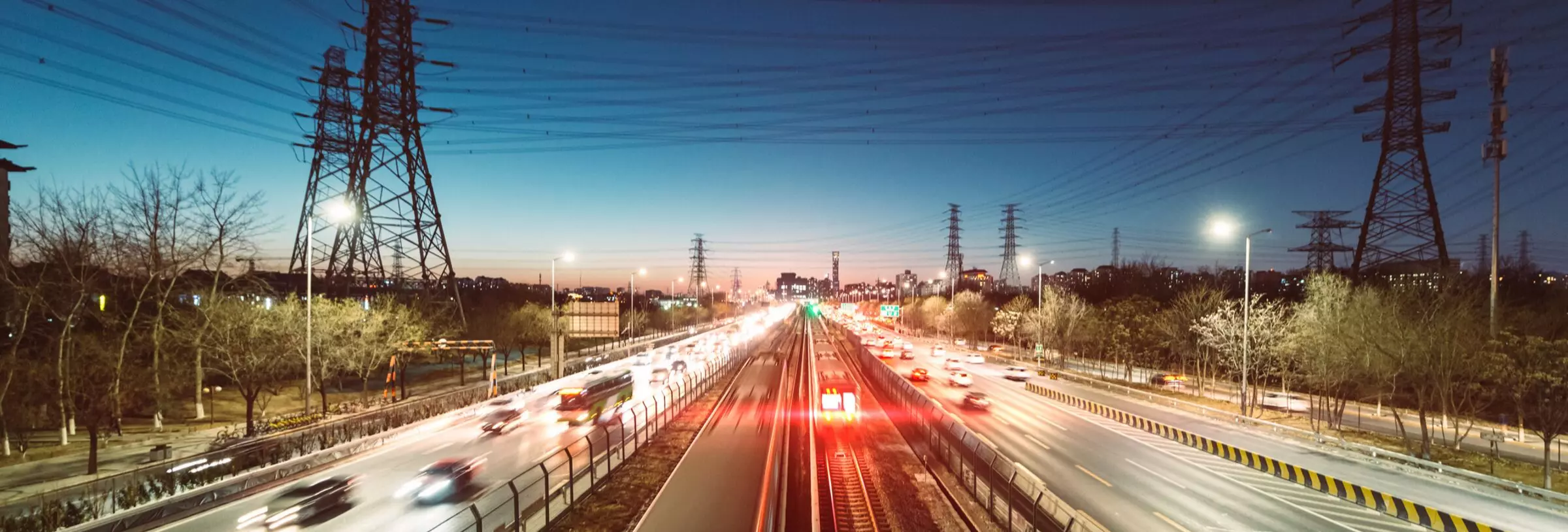
With the frequency of wildfires and flooding, landslides are becoming more frequent throughout California. When public agencies have water pipelines located in hillsides, the situation presents the classic “chicken or egg” debate: (1) did the soil movement cause the pipe to displace and leak water, thereby causing the landslide, or (2) did the pipe leak water independently, thereby causing the landslide? Answering this question addresses one of the key factors for liability for inverse condemnation and other real property causes of action: causation.
This situation recently arose in Insalaco v. W. County Wastewater Dist. (2023 Cal. App. Unpub. LEXIS 5742 (Cal. 1st Dist, Ct. App.)), where property owners sued the West County Wastewater District alleging a sewer pipe owned and maintained by the District leaked and caused a landslide that damaged their property. The District successfully moved for summary judgment on the grounds that the sewer main was not a substantial factor in causing the landslide.
Background
The Water District owns and operates a sewer main under a public street. In February 2017, a landslide severely damaged the owners’ property and they sued the Water District. A few months after the landslide, the Water District performed a video inspection of the sewer main and discovered an offset joint near the owners’ property, and the Water District replaced the pipe via pipe bursting, a trenchless method of replacing buried pipelines.
The owners claimed that the Water District spoliated evidence (i.e., repaired the pipeline before it could be fully investigated by the owners to determine if it was the cause of the landslide). The Court rejected the spoliation claim because the Water District invited the owners to observe the repair work and shared recordings documenting the process. The court further reasoned there was no culpable intent to destroy evidence by the Water District and at no time did the owners pursue legal remedies to delay the repairs.
Three years after the repair work, the Water District, citing declarations from two retained experts, moved for summary judgment on the grounds that its sewer main was not a substantial cause of the landslide. The first expert, a geologist, observed the exposed sewer in an excavated trench and confirmed the offset pipe joint, but concluded that because there were no signs of moisture in the soil and no sewage odor coming from the trench, the “clayey” soil packed around the pipe served to seal off the leak. The second expert, a geotechnical engineer, reviewed and confirmed his colleague’s conclusions regarding the impervious clay. He concluded, based on his observations and records review, that the Water District’s pipeline did not cause the landslide or aggravate the stability of the slope.
The owners retained their own expert, a geotechnical engineer, to inspect the property and review the expert opinions proffered by the Water District. The owners’ expert disagreed with the opinions, rationales, and conclusions from the other side, but on the issue of causation he concluded it was a classic “chicken or egg” question; there was insufficient evidence to conclude whether the pipe leak caused the landslide, or the landslide caused the pipe leak.
Court Holding
The Court found that the Water District, through its expert declaration, submitted substantial evidence to negate causation and shift the summary judgement burden to the owners. The Court was not persuaded by the “chicken or egg” question and concluded the owners did not establish a causal connection between the broken pipe and the landslide through nonspeculative evidence and thus, failed to meet their burden.
This case sheds light onto the fact intensive inquiry inherent in landslide liability cases and the importance of expert opinions supported by evidence to demonstrate the substantial cause of the landslide.
- Partner
Brad Kuhn, chair of Nossaman's Eminent Domain & Inverse Condemnation Group, is a nationally-recognized leader in the areas of eminent domain/inverse condemnation, land use/zoning and other property and business disputes. Brad ...
Eminent Domain Report is a one-stop resource for everything new and noteworthy in eminent domain. We cover all aspects of eminent domain, including condemnation, inverse condemnation and regulatory takings. We also keep track of current cases, project announcements, budget issues, legislative reform efforts and report on all major eminent domain conferences and seminars in the United States.
Stay Connected
 RSS Feed
RSS Feed
Categories
- Administration
- Appraisal
- Arizona
- California
- CLIMATE CHANGE
- CONGRESS
- Construction
- Court Decisions
- Energy & Utilities
- Environmental Law
- EPA
- Events
- FAQs
- Goodwill
- GOVERNMENT ADMINISTRATION
- Inverse Condemnation & Regulatory Takings
- Land Use Planning
- Lawsuit
- New Legislation
- Possession
- Projects
- Public Agency Law
- Public Policy
- Publications
- Real Estate and Property Rights
- Redevelopment
- Regulatory Reform and Proposed Rules
- Right to Take
- Right-of-Way
- Seminars
- Speaking Engagements and Presentations
- Texas
- trial
- Valuation
- Videos
- Water
- Wildfire Management

